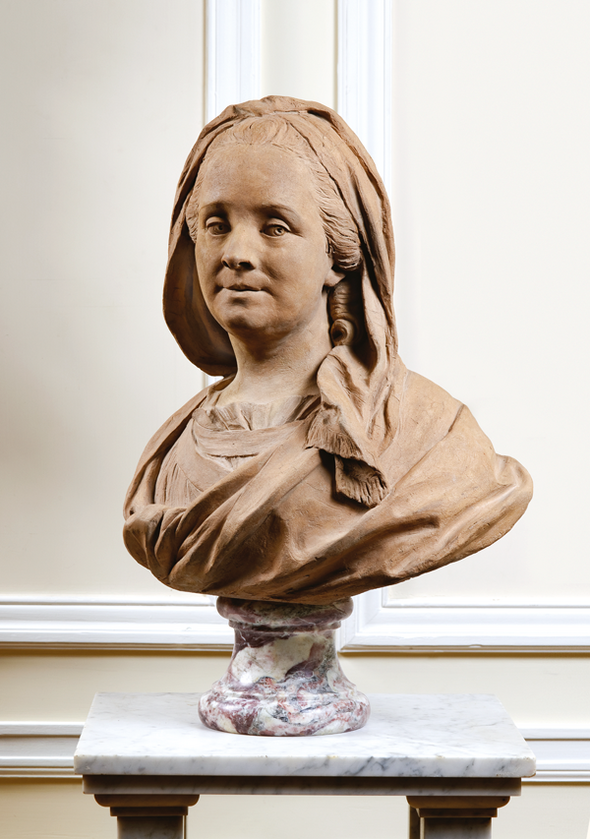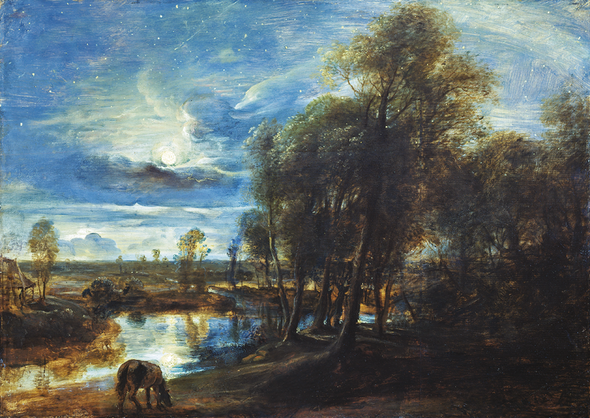By using this website you agree to our Cookie policy
Some of the great names in European art have been celebrated in exhibitions in the last year, to considerable acclaim. Such shows validate the idea – often now discredited – of monographic surveys in the face of increasingly popular themed ones, often skimming hundreds of years. While broad anthological exhibitions exploring the development of a particular genre can make their point, the themed show – images of the moon, the colour blue, the horizon line – is exclusively focused, often to the detriment of an artist’s intentions, and invariably contains more chaff than wheat. While big retrospectives have become thin on the ground, shows that choose a particular period or subject or stylistic manoeuvring in an artist’s output can be illuminating, refreshing and encourage concentrated looking.
The exhibition Anarchy & Beauty: William Morris and his Legacy 1860–1960, at the National Portrait Gallery, London (to 11th January), opens with an awkward, honest pencil self-portrait by the young William Morris looking up at us, shyly, self-doubtingly. In G.F. Watts’s splendid 1870 portrait across the way, a mature Morris appears sorrowful but wiser (Fig.41). The first section of this fascinating exhibition swiftly introduces us to Morris’s life in abbreviated form – ‘Willow Boughs’ wallpaper, the ‘Daisy’ wallpaper (Fig.42), Edward Burne-Jones’s tender cartoon of Morris busily weaving, a ‘Sussex’ armchair, the satchel in which Morris carried pamphlets during his years of political engagement, a battered copy of News from Nowhere, affordable at one shilling, and the Kelmscott Press version, striking for its vellum binding, elaborate borders, velvety black ink and fine paper. Morris’s bravery and his discomfort shine out from an open page of his Socialist Diary, in which he recorded his relentless political routine in the 1880s. We discover his disquiet – faced with the squalor of the workmen’s club where he was speaking, his audience’s lack of understanding, the coffee shop where he ate 3 pence worth of shrimps, ‘not as dirty as it looked from the outside’.1 Morris was a great designer who was also a revolutionary. This made him an ethnographer, travelling in unknown class territory.




